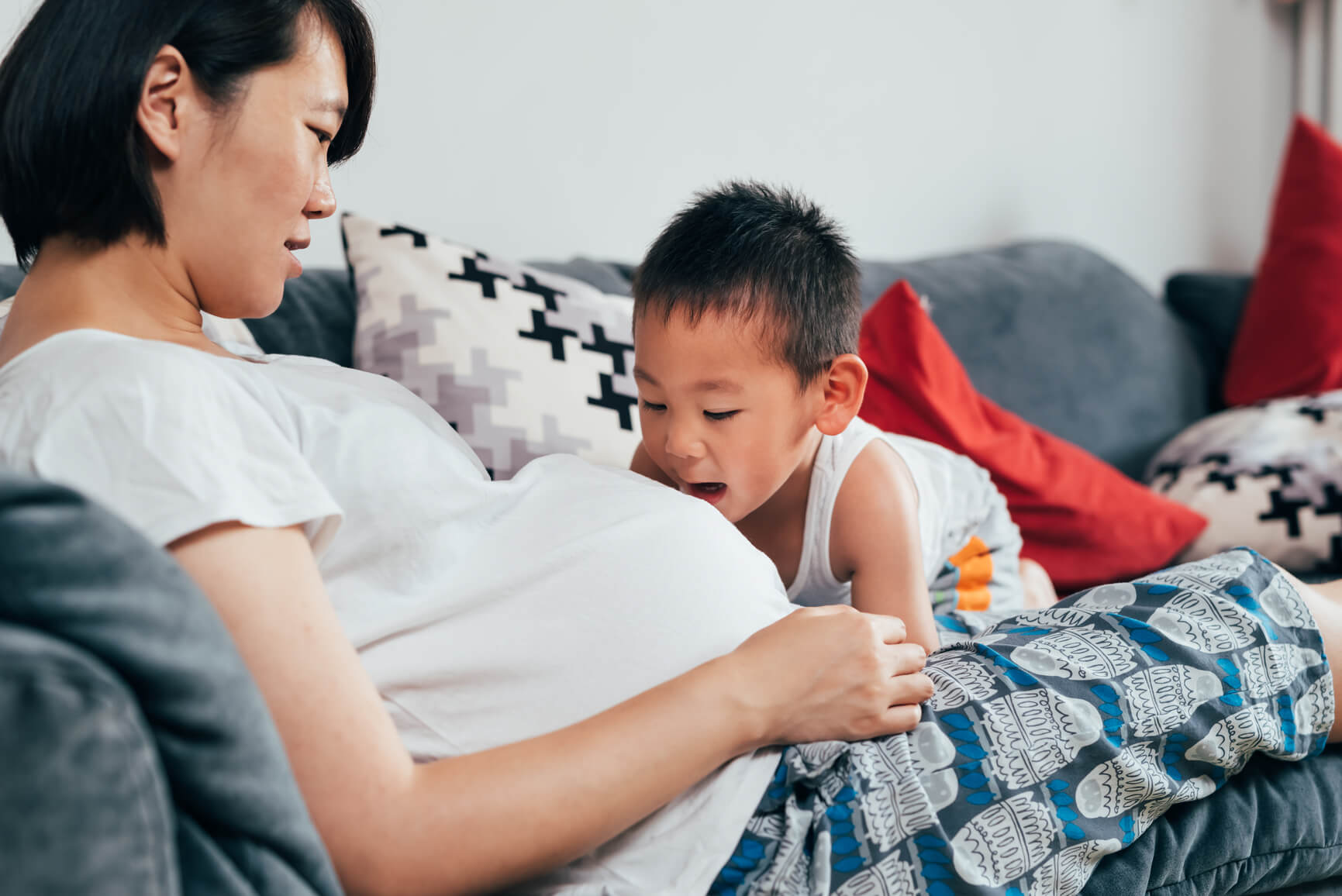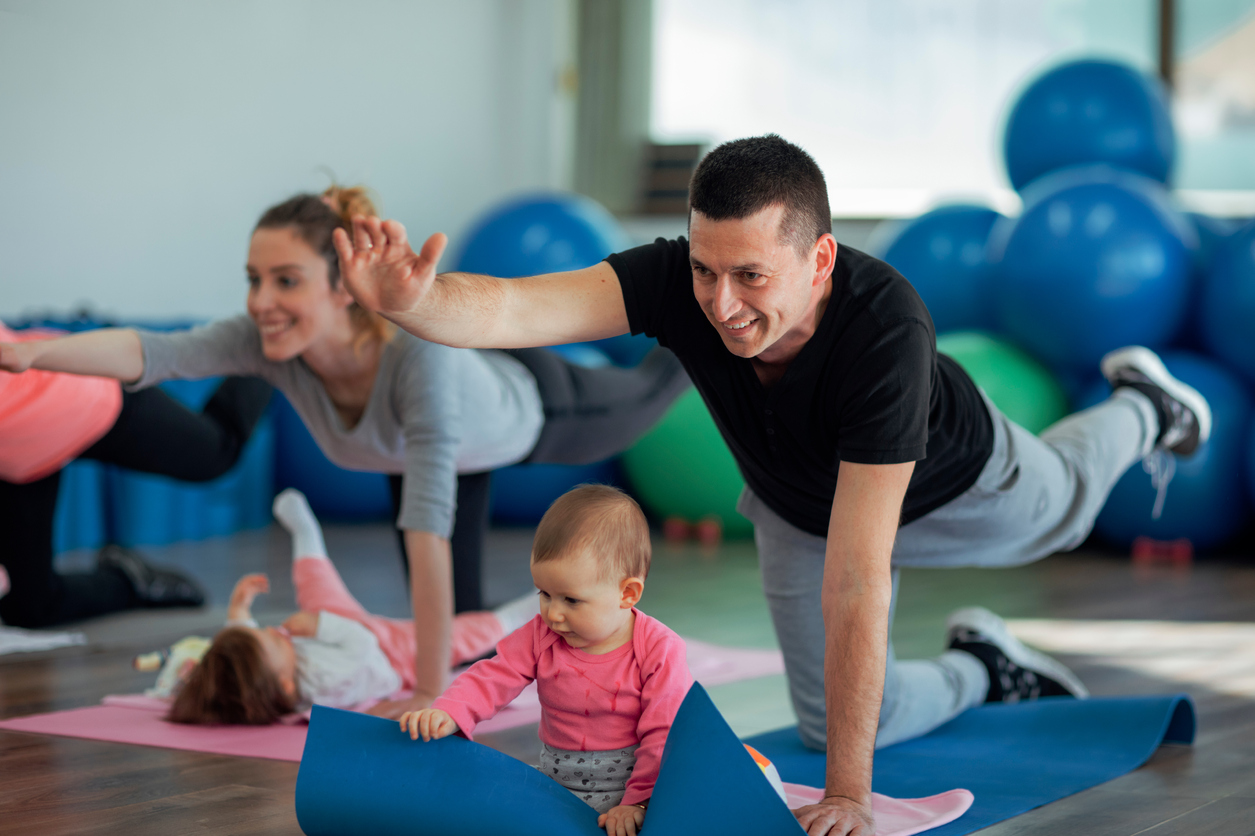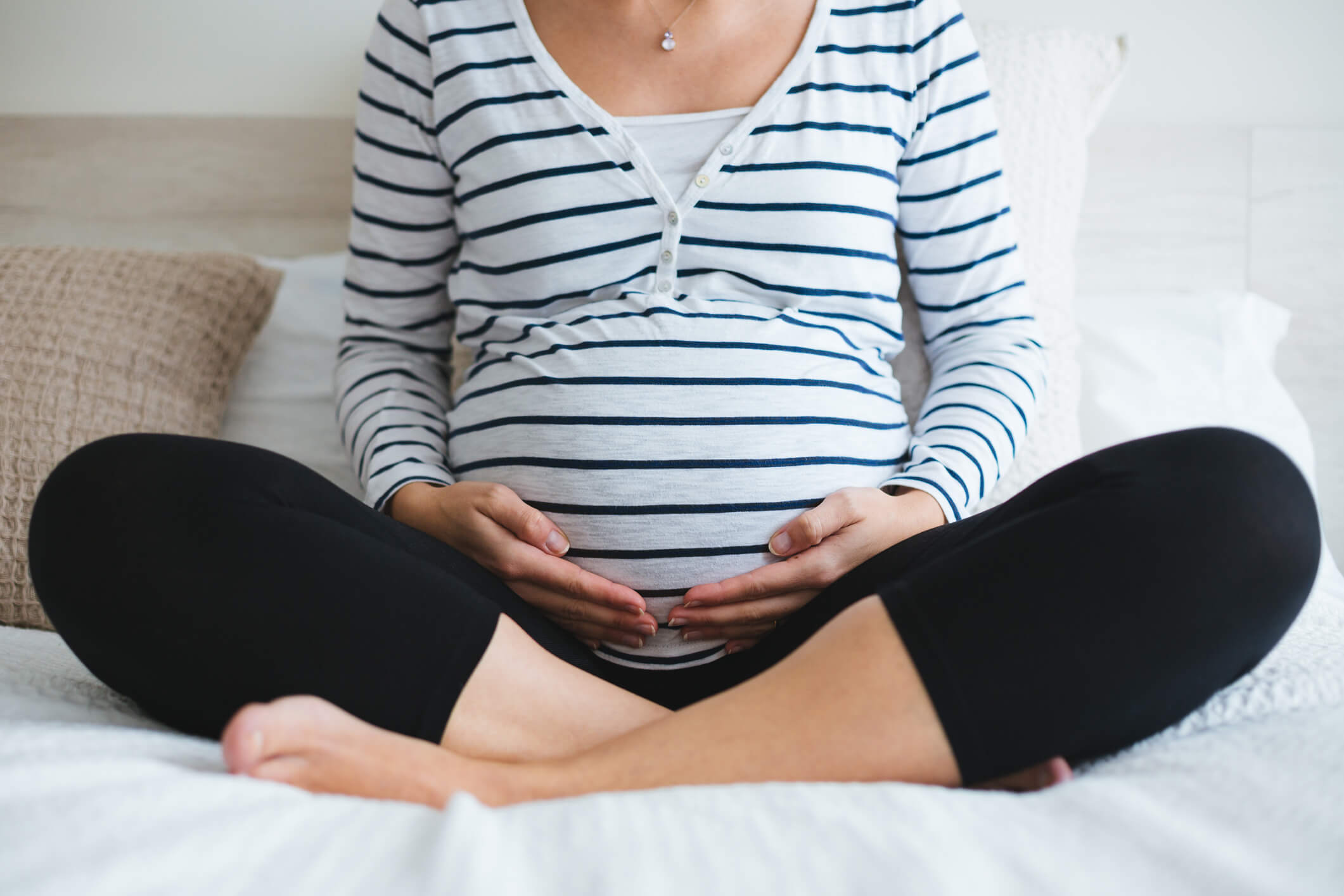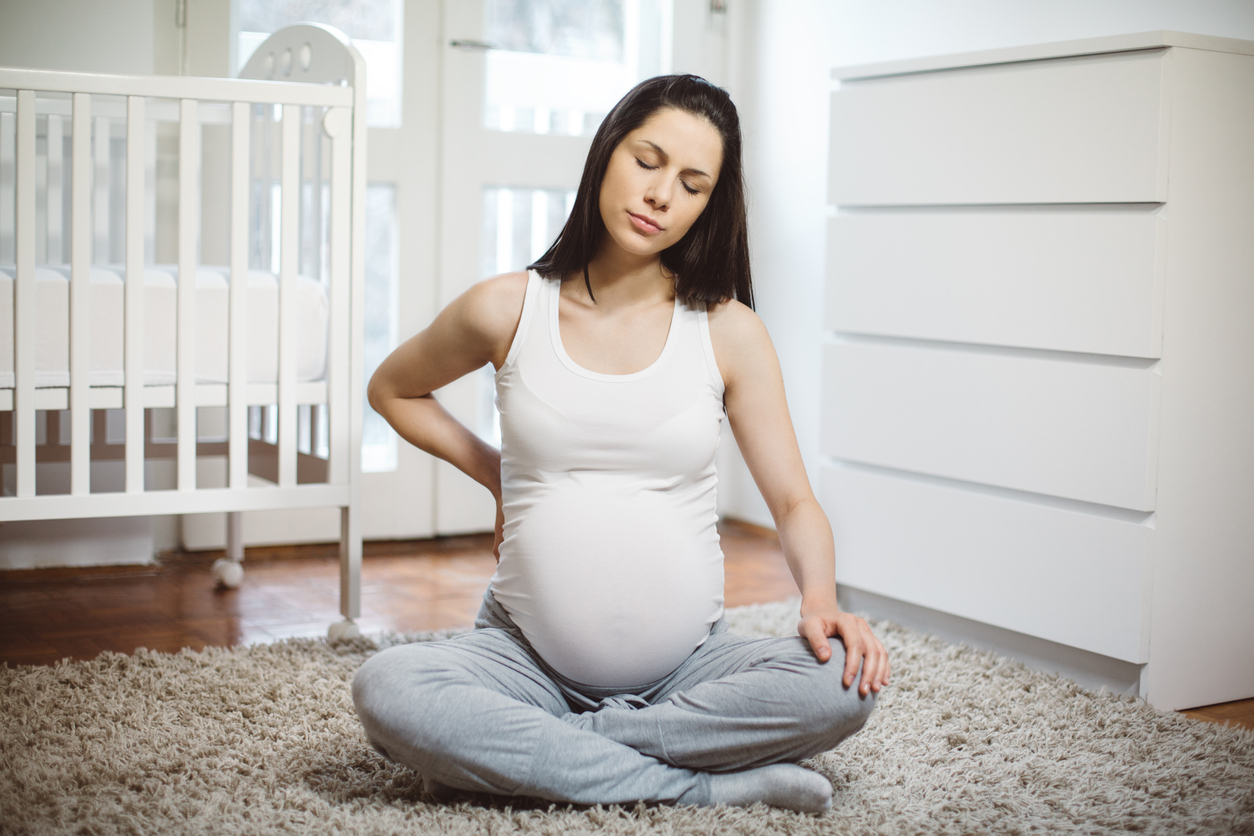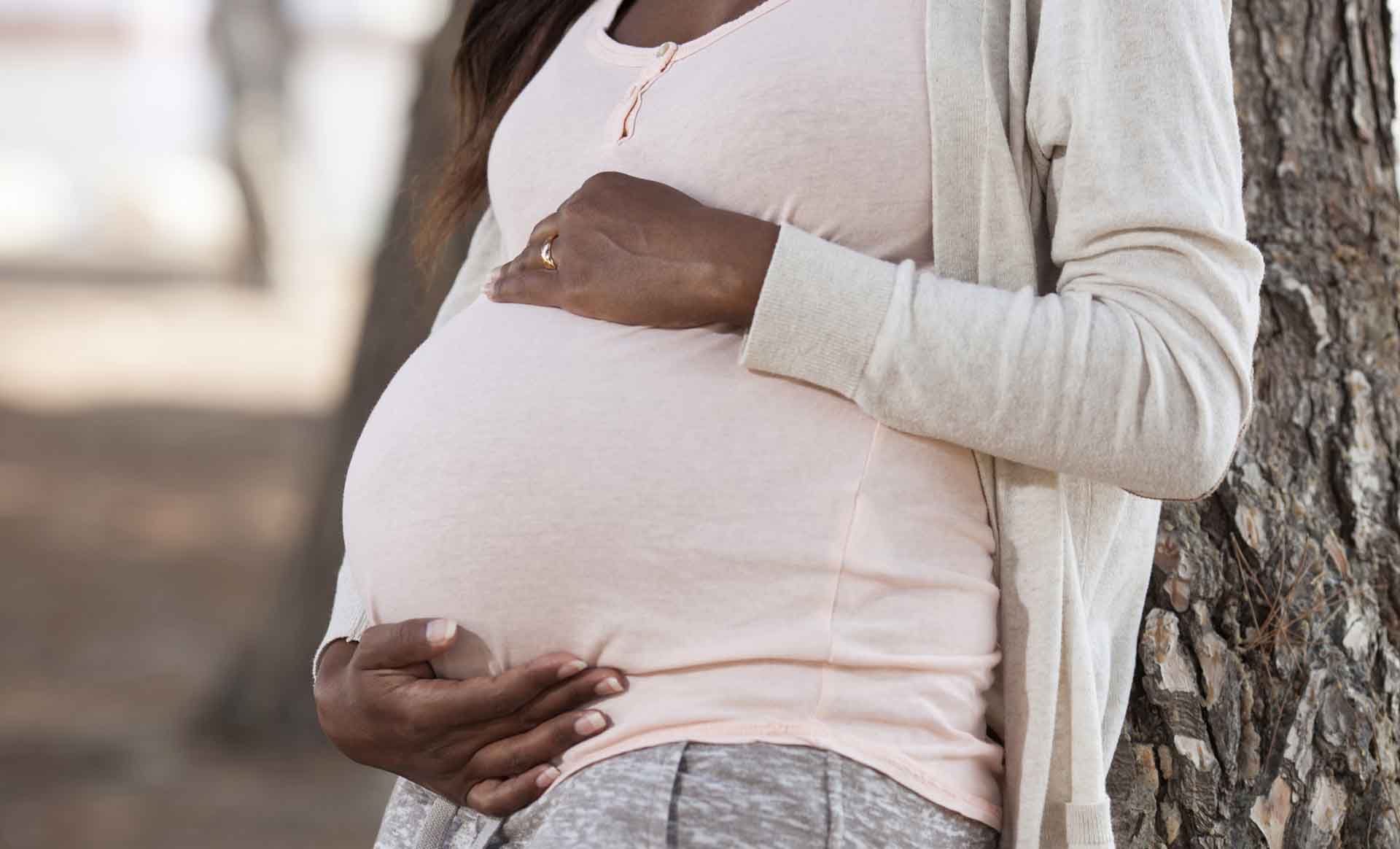-
As a new parent, you’ll have no shortage of things to worry about -- sleep deprivation, lifestyle changes, supporting your partner after the birth and simply learning how to parent for the first time. But for some parents, the fear of SIDS can be top of the list, and while it’s rare, it’s still the most common cause of death in newborn babies.
What is SIDS, and what it SUDI?
Sudden Unexpected Death in Infancy (SUDI) is an umbrella term that refers to any sudden and unexpected death of a newborn or child under 12 months. If no medical explanation can be found after investigation, the death is defined as Sudden Infant Death Syndrome (SIDS).
After decades of research and public awareness led by the Red Nose campaign, SIDS deaths in Australia have drastically decreased -- by 85% since 1989. Researchers estimate that around 10,000 lives have been saved since risk reduction campaigns were introduced.
What causes SIDS?
Researchers are still looking for answers, but SIDS is thought to be the result of a combination of factors, and experts believe SIDS affects babies who are vulnerable to certain environmental stresses.
While the risk is much lower these days, it’s important to understand some of the factors that can increase the risk:
- SIDS is most common during the first three months of a baby’s life.
- Infants born prematurely or with a low birth weight are at greater risk.
- It’s more common in baby boys.
- Most unexpected deaths occur while the child is sleeping.
- Smoking by either parent during the pregnancy and around the baby can increase risk.
You can help prevent SIDS by minimising environmental risk factors and providing a safe sleeping environment.
READ MORE: Overdue? Ways to bring on labour naturally
How can I reduce my baby’s risk of SIDS?
When it comes to your baby’s sleep, the Red Nose Foundation recommends you:
- Make sure your cot and mattress meet Australian safety standards.
- Avoid pillows, cot bumpers and soft toys in the cot.
- Always place your baby on their back to sleep, both day and night.
- Place your baby’s feet so they touch the bottom of the cot and tuck blankets in.
- Keep your baby’s cot in your room for the the first 6-12 months.
- Avoid falling asleep with your baby on a sofa or an armchair or sharing a sleep surface.
- Keep your baby’s head uncovered, with blankets no higher than their shoulders.
- Only use baby sleeping bags if they are well fitted.
- Allow your baby to roll over when they are ready.
- Breastfeed your baby if possible.
Smoking
It’s no secret that smoking is a major health hazard, and its effects have been known to increase the risk of sudden, unexpected death in babies. To keep your baby safe, you can:
- If you or your partner is a smoker, it’s safest to quit before you fall pregnant. Your doctor can provide personalised advice on quitting.
- Discourage any smoking or exposure to smoke during pregnancy.
- Never smoke or let anyone else smoke in the same room as your baby or your partner.
- Don’t take your baby into smoky places.
- Make sure any visitors smoke outside, away from doors and windows.
READ MORE: Immunisation 101
While much of the mystery surrounding SIDS still remains and can be a scary part of the newborn experience, these are some of the simple, everyday actions you and your partner can take to help you feel more in control, and greatly lower the risk to your baby.
How do you prevent Sudden Infant Death Syndrome?
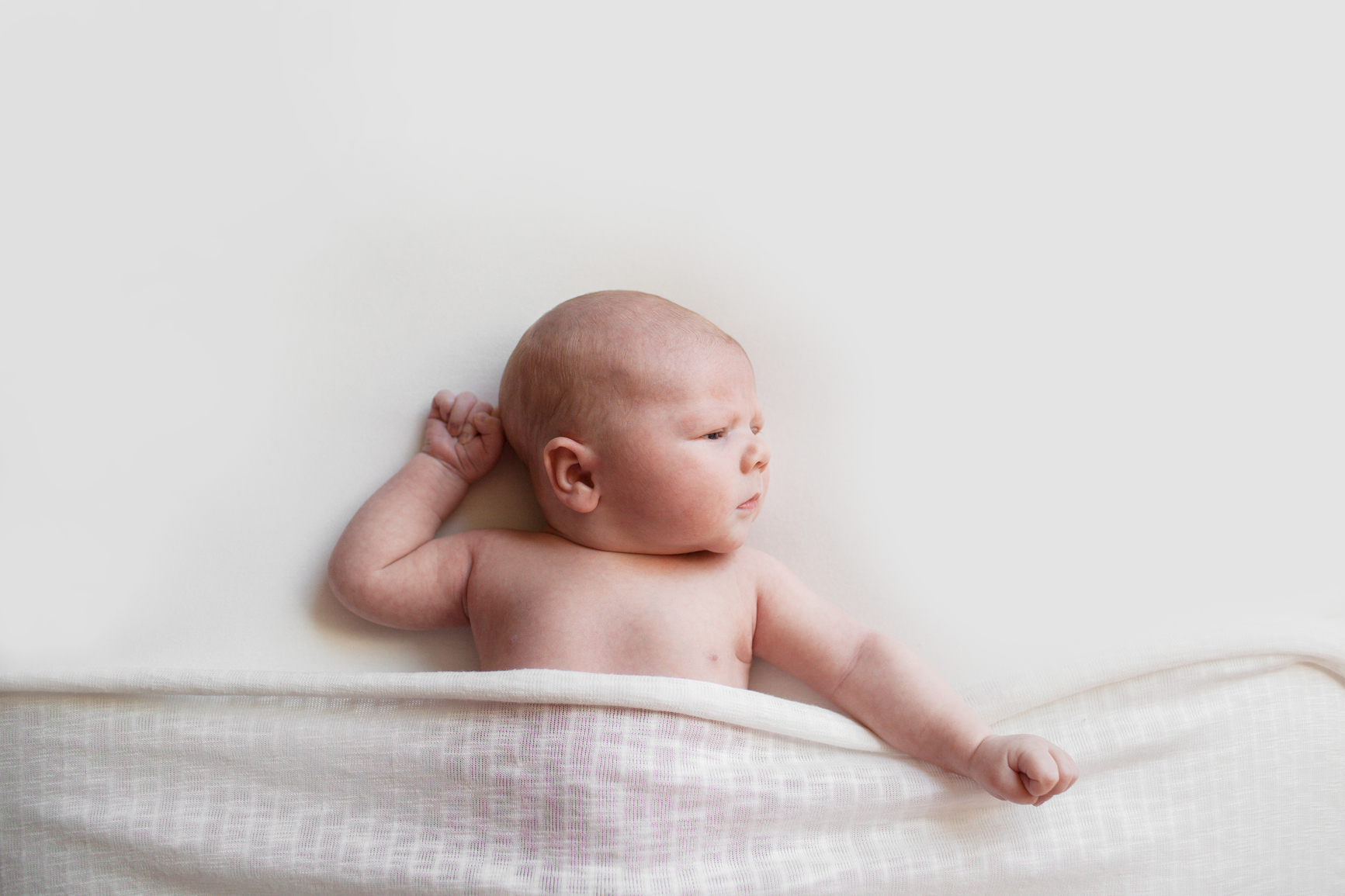
-
Avoiding cold and flu during pregnancy
During pregnancy, women are at an increased risk of experiencing complications from the flu. Make sure you understand what steps you can take to help keep you and your baby healthy.
-
Choosing childcare that fits your family
Here’s what you need to know when choosing childcare
-
How to avoid 'dad bod'
How to keep fit and healthy with a new baby in the house
-
Expecting a baby during COVID-19
We address some common questions you may have.
-
How your extras can help during pregnancy
Use your cover to stay healthy
-
Pregnancy self-care essentials
Obstetrician Dr Chris Russell shares some advice.
Subscribe to receive the best from Live Better every week. Healthy recipes, exercise tips and activities, offers and promotions – everything to help you eat, move and feel better.
By clicking sign up I understand and agree to Medibank's privacy policy

